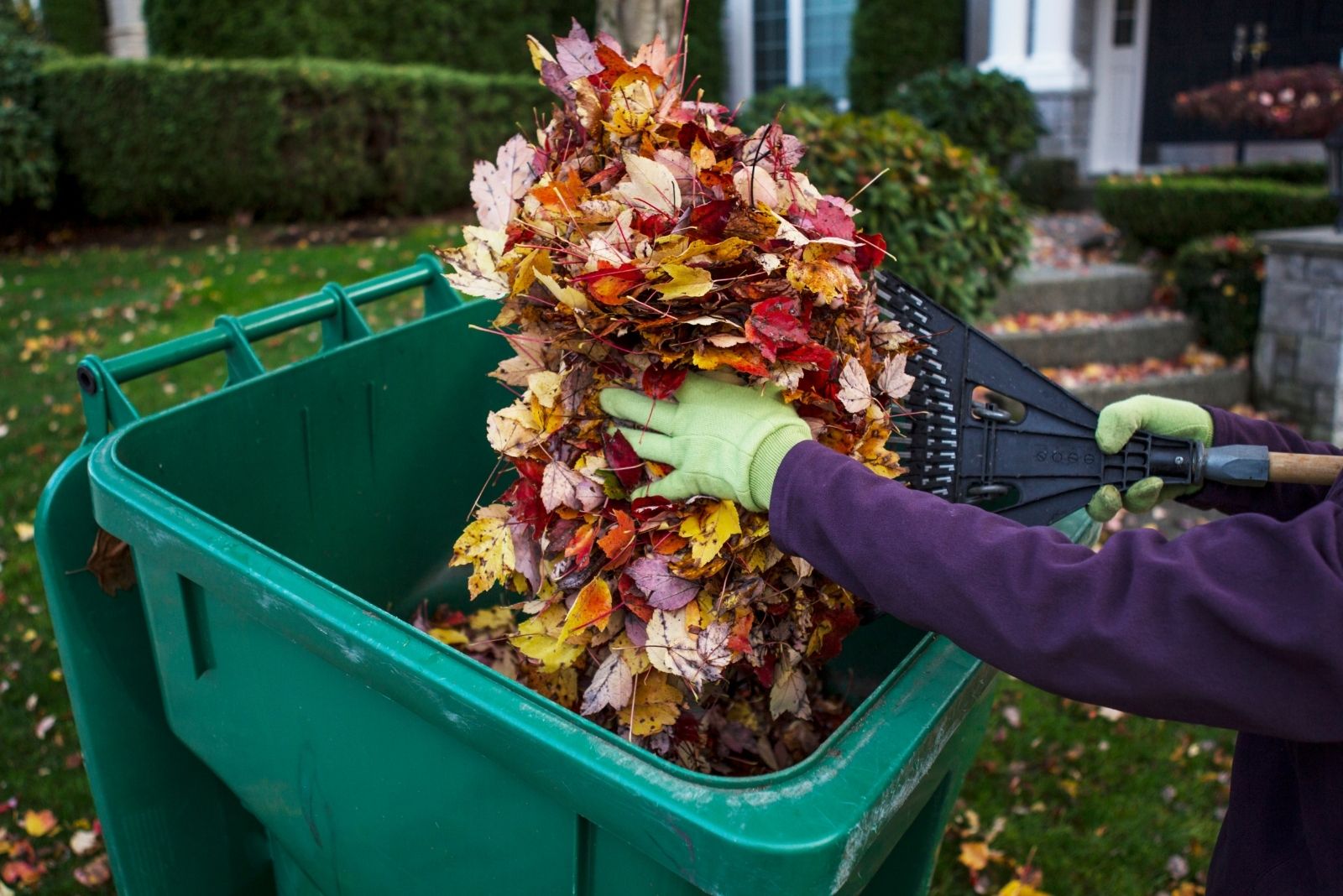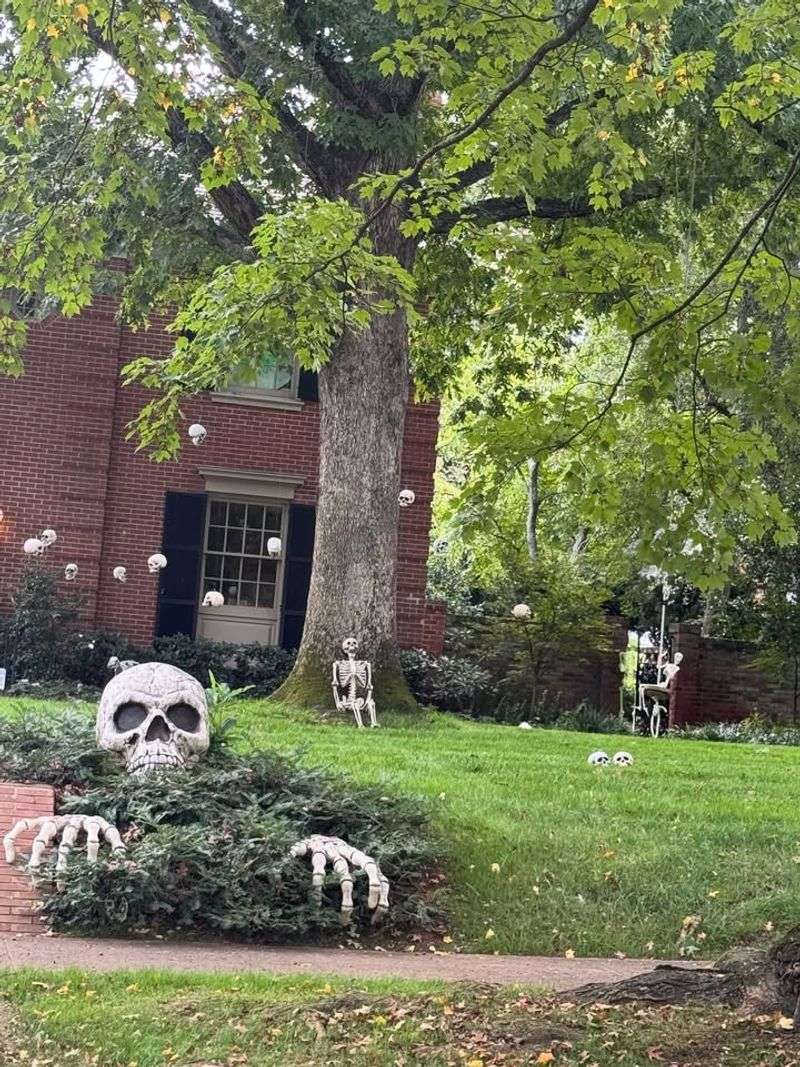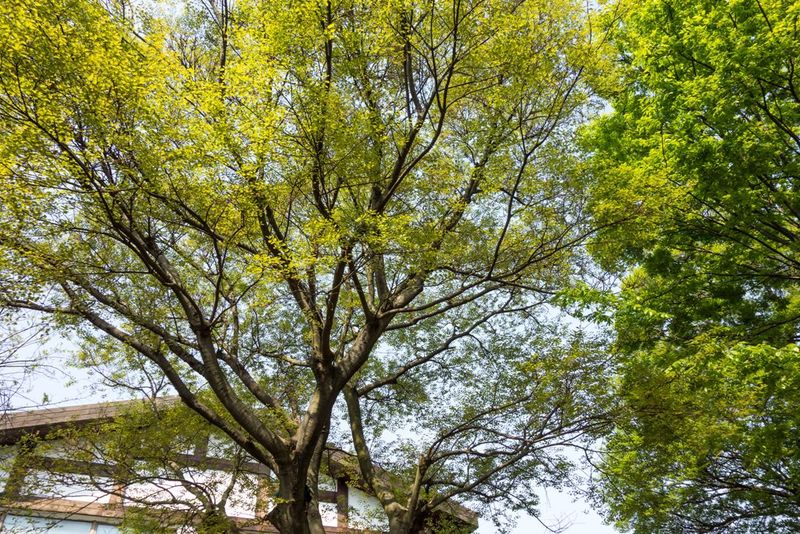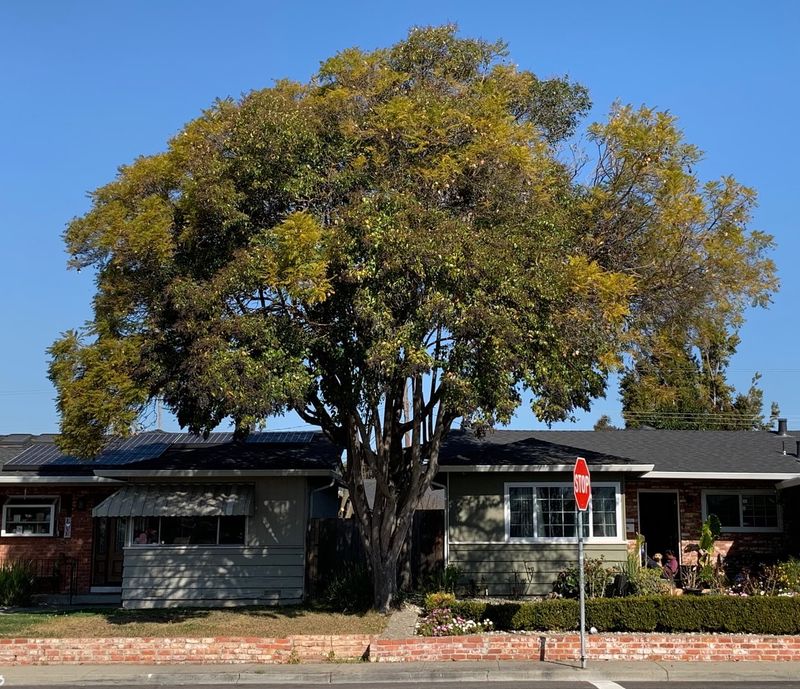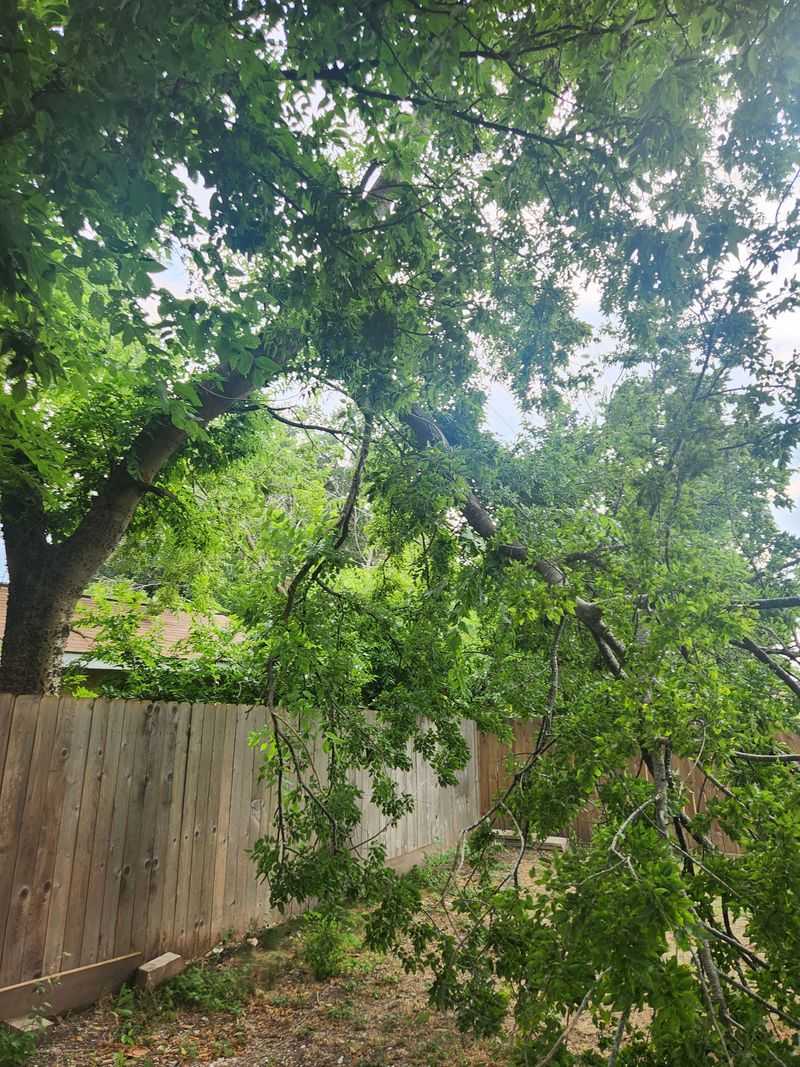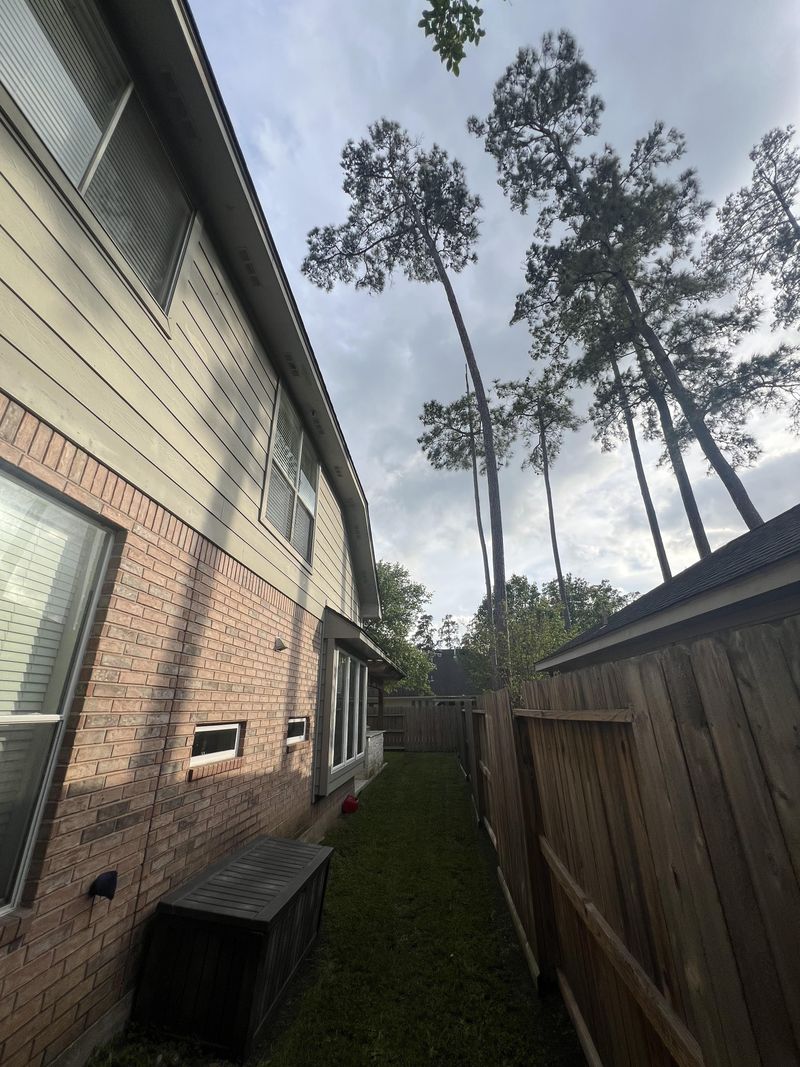When leaves from your neighbor’s tree pile up in your yard, it can feel frustrating. You might wonder who should clean them up and whether your neighbor is responsible.
Understanding Texas property laws can help you know your rights and avoid conflicts. Let’s explore what Texas homeowners need to know about this common issue.
1. Texas Law Says You Handle Your Own Yard
Property owners in Texas must maintain their own yards, even when leaves come from someone else’s tree. Courts generally view falling leaves as a natural occurrence rather than a legal nuisance.
Your neighbor isn’t required to rake your lawn or pay for cleanup costs. The law treats this situation similarly to rain or wind—natural events that affect everyone.
While it might seem unfair, this approach prevents endless disputes between neighbors over minor issues.
2. Branches Overhanging Your Property Give You Rights
Branches extending over your property line are different from falling leaves. Texas law allows you to trim branches that cross into your yard, but only up to the boundary line.
You cannot enter your neighbor’s property to cut branches without permission. Any trimming must avoid damaging the tree’s health, or you could face liability.
Always consider talking with your neighbor first before cutting anything to maintain good relationships.
3. Homeowner Associations May Have Special Rules
Living in a neighborhood with an HOA changes things considerably. Many associations have strict landscaping rules that require homeowners to keep yards clean and attractive.
Your HOA agreement might require you to remove leaves regularly, regardless of where they came from originally. Failing to comply could result in fines or penalties.
Review your HOA documents carefully to understand what maintenance standards apply to your specific community.
4. Communication Prevents Neighborhood Conflicts
A friendly conversation often solves problems better than legal action. Approach your neighbor politely and explain how their tree affects your property maintenance.
They might offer to help with cleanup or trim branches voluntarily. Most people appreciate respectful communication and want to be good neighbors.
Avoid accusatory language or demands, which typically make situations worse. Working together creates better outcomes for everyone involved in the neighborhood.
5. Document Everything If Problems Escalate
Sometimes reasonable discussions don’t work, and problems continue or worsen over time. Start keeping detailed records including photos, dates, and descriptions of the leaf accumulation.
Document any conversations with your neighbor, including what was said and when. Save receipts if you hire professionals for yard cleanup services.
This evidence becomes valuable if you eventually need mediation services or legal assistance to resolve the dispute properly.
6. Prevention Works Better Than Complaints
Nobody enjoys spending every Saturday raking leaves that technically came from someone else’s property, but getting angry rarely solves the problem. Instead of letting resentment build, consider talking with your neighbor about installing a fence or planting shrubs that might catch falling leaves before they reach your lawn.
Some homeowners even work out friendly agreements where they split the cost of yard maintenance during heavy leaf-dropping seasons. You could also look into using leaf blowers to direct debris back toward the property line, though this should be done respectfully.
Taking proactive steps shows maturity and often leads to better outcomes than waiting until frustration boils over into an uncomfortable confrontation that damages neighborhood harmony.

